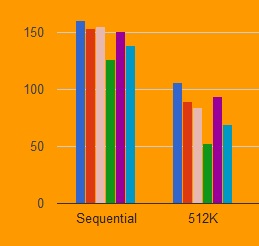

Commonly used Loss functions in Keras (Regression and Classification).Hopefully, now you have a good grip on these topics: This article should give you good foundations in dealing with loss functions, especially in Keras, implementing your own custom loss functions which you develop yourself or a researcher has already developed, and you are implementing that, their implementation using Keras a deep learning framework, avoiding silly errors such as repeating NaNs in your loss function, and how you should monitor your loss function in Keras. And it will check that if the value of validation loss does not improve for 3 epochs, it will stop the training. Here, the EarlyStopping callback has been defined, and the monitor has been set to the validation loss value. These arguments are passed from the model itself when the model is being fitted. This is because in order to calculate the error in prediction, these two values are needed. The loss function must only take two values, that are true labels, and predicted labels.To create a custom loss, you have to take care of some rules. Now when you are implementing that problem, or you hired some data scientists to solve that specific problem for you, you may find that this specific problem is best solved using that specific loss function which is not available by default in Keras, and you need to implement it yourself.Ī custom loss function can improve the models performance significantly, and can be really useful in solving some specific problems. This may involve adding some new parameters, or a whole new technique to achieve better results. It may require you to modify it according to the need. Now Imagine you are reading a research paper where the researchers thought that using Cross Entropy, or Mean Squared Error, or whatever the general loss function is for that specific type of the problem is not good enough. Note that you have to provide a matrix that is one hot encoded showing probability for each class, as shown in this example. You will create a Categorical Cross Entropy object from keras.losses and pass in our true and predicted labels, on which it will calculate the Cross Entropy and return a Tensor. This is why the binary cross entropy looks a bit different from categorical cross entropy, despite being a special case of it. When the number of categories is just two, the neural network outputs a single probability ŷ i, with the other one being 1 minus the output. When there are more than 2 probabilities, the neural network outputs a vector of C probabilities, with each probability belonging to each class. The P model is the probability predicted by the model for the i th observation to belong to the c th category. The term 1 yi ∈ C c shows that the i th observation belongs to the c th category. This double sum is over the N number of examples and C categories. Mathematical Equation for Binary Cross Entropy is Just like in the example of rain prediction, if it is going to rain tomorrow, then it belongs to rain class, and if there is less probability of rain tomorrow, then this means that it belongs to no rain class. For example, in the task of predicting whether it will rain tomorrow or not, there are two distributions, one for True, and one for False.īinary Cross Entropy, as the name suggests, is the cross entropy that occurs between two classes, or in the problem of binary classification where you have to detect whether it belongs to class ‘A’, and if it does not belong to class ‘A’, then it belongs to class ‘B’. You can say that it is the measure of the degrees of the dissimilarity between two probabilistic distributions. If you want to predict whether it is going to rain tomorrow or not, this means that the model can output between 0 and 1, and you will choose the option of rain if it is greater than 0.5, and no rain if it is less than 0.5.Ĭross Entropy is one of the most commonly used classification loss functions.


 0 kommentar(er)
0 kommentar(er)
